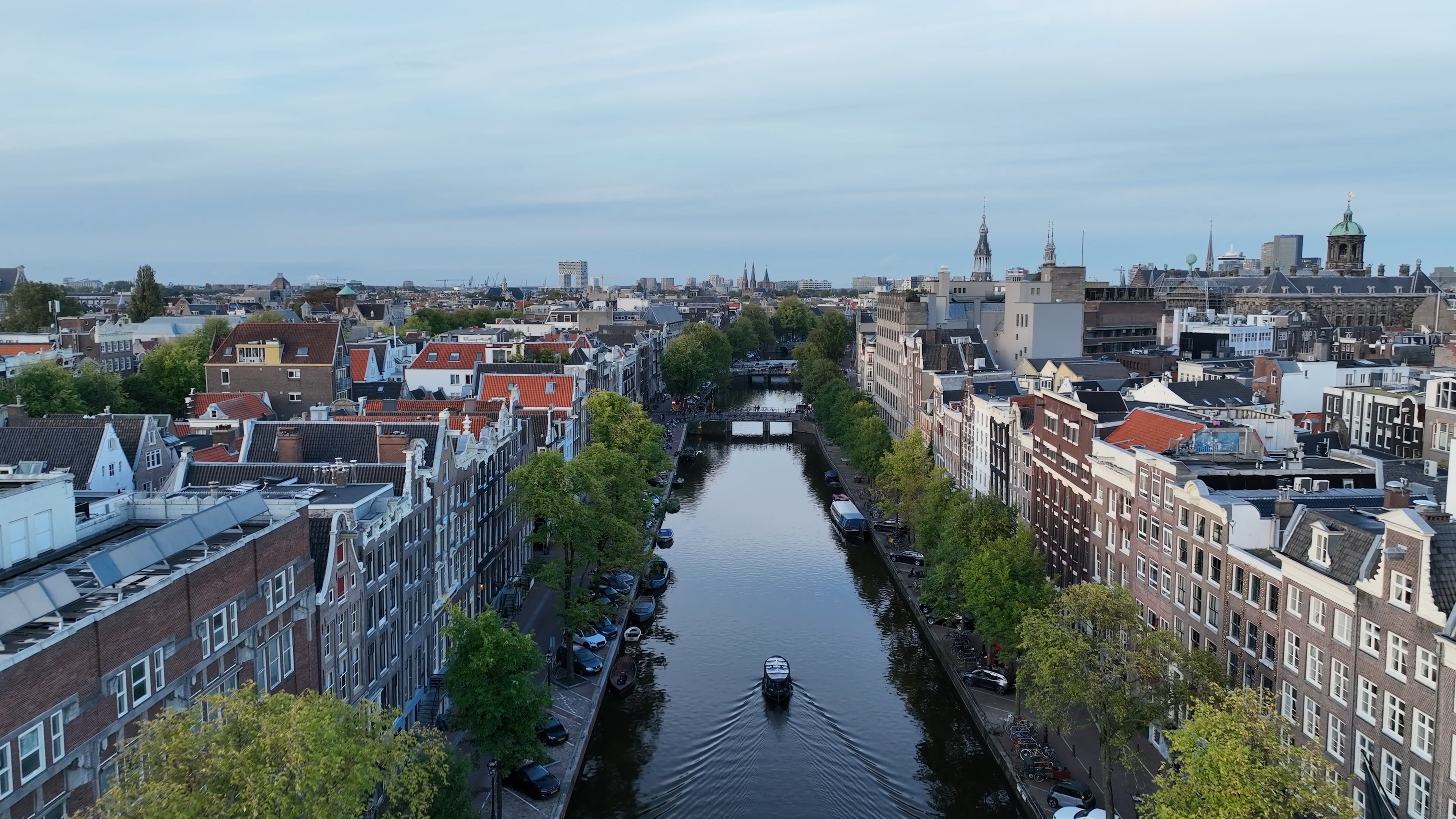Local anesthesia
Local anesthesia is a type of anesthesia used to temporarily numb a specific area of the body without affecting consciousness. It's commonly used in minor surgical procedures, dental work, or diagnostic procedures where only a small part of the body needs to be numbed.
Here’s a quick breakdown:
### 🧠 **How it works:**
Local anesthetics block the nerves in a specific area from sending pain signals to the brain. The person stays fully awake and alert but doesn’t feel pain in the numbed region.
### 🩺 **Common types of local anesthetics:**
- **Lidocaine** – most widely used
- **Bupivacaine** – longer-lasting effect
- **Mepivacaine**
- **Prilocaine**
These can be applied as:
- **Injections**
- **Creams or gels**
- **Sprays**
- **Patches**
### 🏥 **Used for:**
- Minor skin surgeries (like mole removal)
- Dental procedures
- Stitching small wounds
- Cataract surgeries
- Biopsies
### ✅ **Advantages:**
- Patient remains awake
- Quick recovery time
- Lower risk compared to general anesthesia
### ⚠️ **Possible side effects:**
- Redness or swelling at injection site
- Tingling or numbness longer than expected
- Rarely, allergic reactions or systemic toxicity if the drug spreads beyond the local area
Want to dive into how it's administered, how it compares to general anesthesia, or its mechanism at a cellular level?


